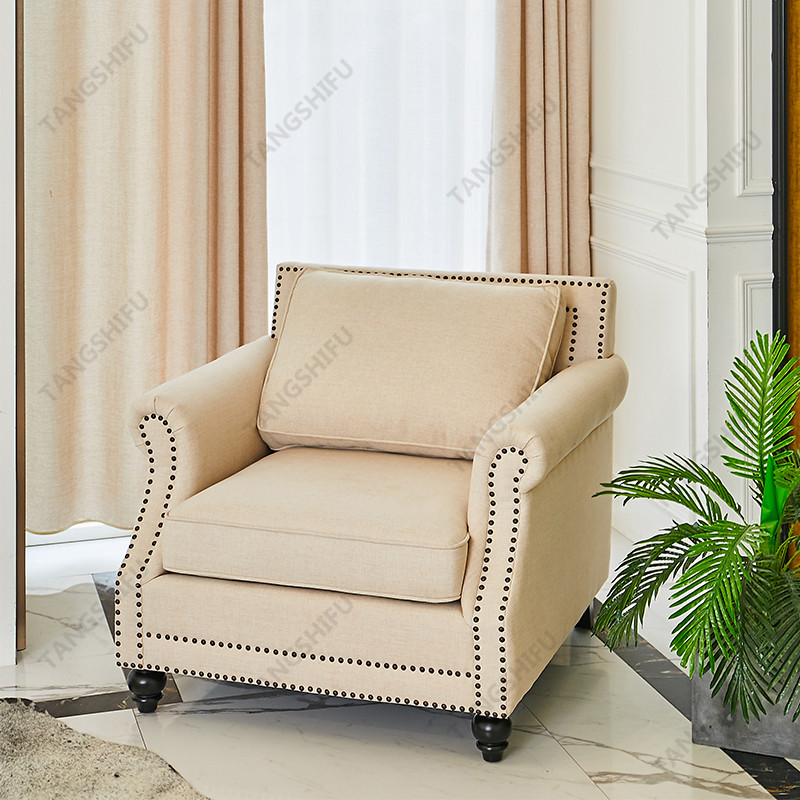Around the business of "home", companies in the pan-furniture industry chain are performing more and more cross-border dramas.
Enterprises in ceramic sanitary ware, building materials, decoration, furniture, home textiles and other industries have reached the same goal, and the industry boundaries have become blurred.
This phenomenon was even more obvious in July this year and at the two major exhibitions that recovered after the epidemic. At the national building material industry's weather vane construction expo, "home improvement" was popular; Fried chicken seems to have wide application scenarios and a promising future.
Materials bring new trends
In the history of the development of the furniture industry, “new materials” often lead to new design styles and give consumers a different experience.
Wood, as the oldest and most commonly used material for furniture production, has always been enduring, and it has also established consumers' general knowledge of furniture materials. In addition, glass, metal, plastic, stone, leather, cloth, etc. are also commonly used mixing materials for furniture.
The living room furniture manufacturers in china attach importance to environmental protection, as well as the pursuit of material performance and cost-effectiveness, and new furniture materials are introduced. In recent years, the newly developed technological fabrics, super-transition leathers, aluminum materials and rock slabs of upholstered furniture have been applied in a small range of furniture scenes. It can be said that each material has the attribute advantages of each material, and each material has the best application space and market for each material.
Floor and wall decoration
However, although there are many new materials, the mainstream furniture is still wood furniture (solid wood, board). Furniture using new materials such as all-aluminum furniture has not yet been popularized in the market.
After the rock slab became popular in the industry in 2018, it still properly occupies the "C" position in the ceramics industry until now. According to incomplete statistics, there were nearly ten domestic rock slab production lines at the end of 2018, and companies continue to join the rock slab production camp.
Since the birth of the slate material, many ceramic companies have taken a fancy to its broad application prospects in large homes. In recent years, we have discovered that after being used as floor and wall decoration materials, rock slabs have also been used in kitchens and bathroom scenes, such as kitchen countertops, cabinets above and below the stove, bathroom sinks, wash basins, and bathtubs.

Of course, living room furniture manufacturers in china are not satisfied with the application of rock slabs in the kitchen and bathroom. They are pushing rock slabs into the living room, dining room, and bedroom spaces. Dining tables, coffee tables, desks, conference tables, TV countertops, and even wardrobes and bookcases made of rock slabs are often refreshing.
The dining room furniture manufacturers in china also claim that slate can enter the field of high-end furniture.
Furniture market
The application scenario of large home furnishings has become an exploration and attempt of ceramic enterprises to seek larger and broader market application space. At the Foshan Ceramics Exhibition in July, furniture companies, custom home furnishing companies, and rock slab processing companies held a supply-demand matchmaking meeting, which shows the initiative and determination of rock slab companies to enter the furniture field.
Can rock furniture become the "mainstream" in the furniture consumer market?
Slate is a hot spot in the ceramic industry, but for the furniture industry, this new material has not yet become the mainstream.
Currently in the furniture industry, self-assembly and customization are the hopes for industry growth.
There is demand, there will be a market. At present, in the field of civil furniture, the most promising space for slate furniture to be popular is in the kitchen and bathroom. Here, slate furniture can meet the needs of health, environmental protection, beauty, durability and fire prevention to the greatest extent. As for the application in the dining room, living room and bedroom space, slate furniture is estimated to have a long market acceptance period.
Popular furniture
The reason is that no matter how realistic the texture of the slate is like wood or leather, it always gives people a cold and hard feeling, and consumers need the kind of “temperature” that natural wood has for their “home”.
So even if the slate is better than mainstream furniture materials such as wood in terms of environmental protection and physical properties, some consumers have a "temperature" emotional demand for furniture. It is estimated that slate furniture is difficult to replace.
At this point, thliving room furniture manufacturers in china can refer to the popular all-aluminum furniture.
From the perspective of manufacturing, the geometric appearance of ceramic slabs is difficult to form a smooth and graceful curve when cutting and processing, and users will feel inconvenient.
Slate furniture, as a brand-new material, may arouse higher expectations in the market and also induce new business opportunities within a certain range. But it takes time to truly form a threat to furniture made of traditional materials.
